Some of the links on this page contain affiliate links. Renaissance Path is a participant in the Amazon Associates Program, an affiliate advertising program that provides a way for websites to earn advertising fees by linking to products. We only link to products we normally use and trust. When you purchase an item through the link we receive a small commission at no additional cost to you. This helps pay for the costs associated with running this blog. Your support is greatly appreciated. Thank You!
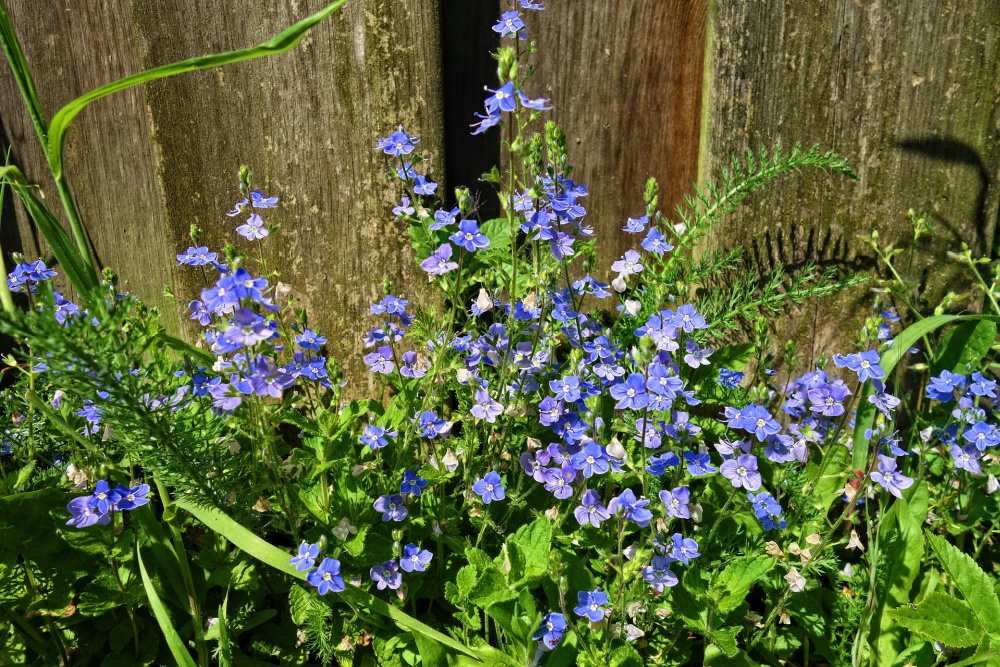
5 Surprising Benefits of Gypsyweed
Common Gypsyweed(Veronica officinalis) is a flowering plant in the Plantain family(Plantaginaceae). It is native to Europe and western Asia. Gypsyweed also is used in herbal and folk medicine.
Veronica Officinalis is part of the Veronica genus which is made up of 500 species. Most of the Veronica plants are perennials although there are some that are annuals. Gypsyweed attracts pollinating insects, butterflies, hummingbirds, and bees. It is a hardy drought tolerant plant and is also deer resistant.
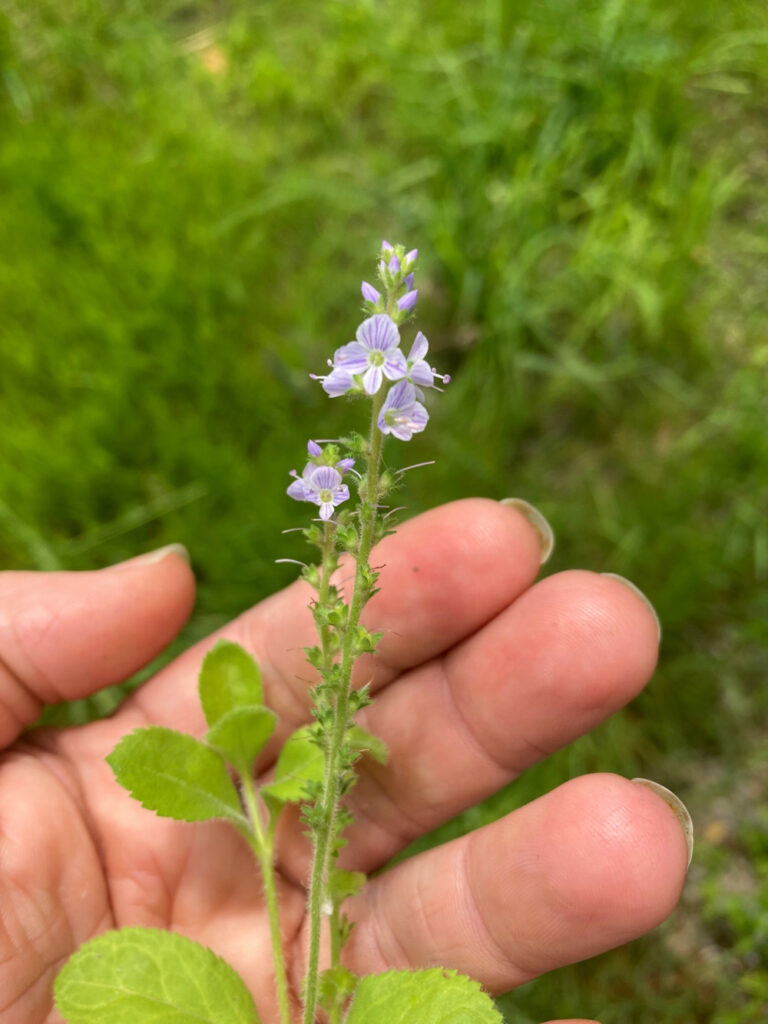
Identification
Common Gypsyweed has small leaves measuring 1”-2.5”, they are soft and hairy and finely toothed, and are oval shaped. The stems are slender and stand horizontal, height is usually 3-19 inches tall. The flowers are light bluish-violet in color and have 4 lobes, they are streaked with darker purplish lines. The flowers are very small measuring 1/3-1/4 of an inch in size. The flowers bloom in spike-like racemes, coming out from the upper leaf axil, flowers bloom starting from the bottom up.
Names
Gypsyweed
Common Gypsyweed
Heath Speedwell
Herbal Speedwell
Common Speedwell
Pauls Betony
Veronica
Upland Speedwell
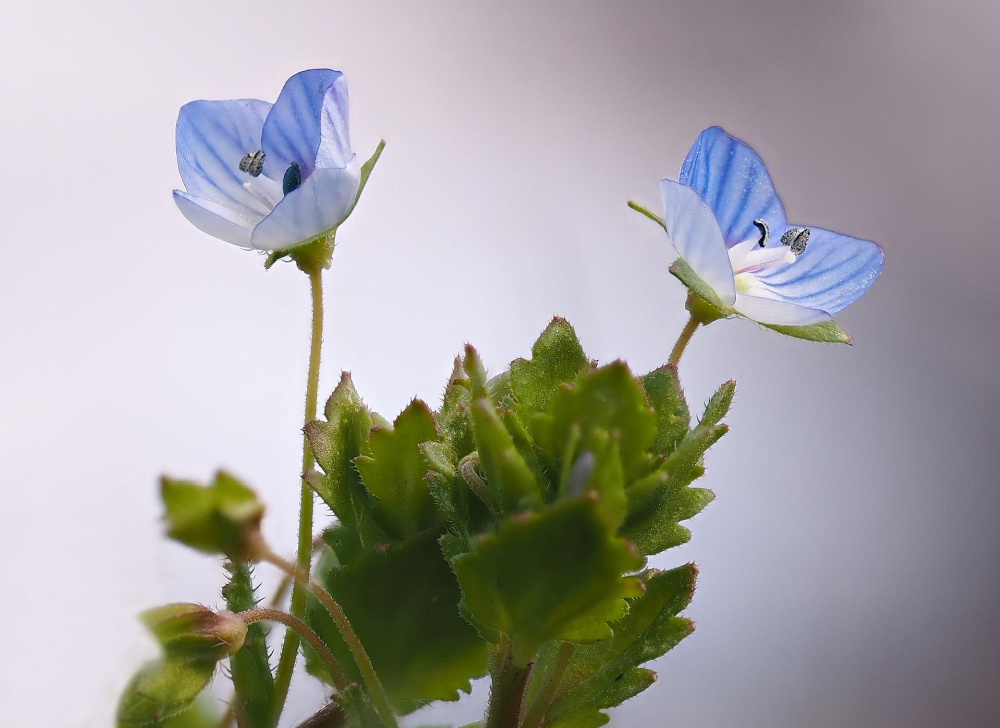
Habitat
Gypsyweed is found along roadsides, ditches, fields, prairies, forest edges, lawns, and other disturbed open areas. You can find gypsyweed throughout North America, Europe and Asia.
Gypsyweed Benefits
For centuries Gypsyweed has been used medicinally for coughs and the treatment of lung diseases. A small study on human lung cell lines showed gypsyweed inhibits gene and protein expression of pro-inflammatory chemicals(1).
Traditionally it also was used for gastric ulcers. Gypsyweed was found to possess valuable properties in treating gastric ulcers(2).
Romanian traditional medicine has used gypsyweed for treating various conditions like kidney diseases, cough, and excess mucus, and was also used as a salve for wound healing. Veronica officinalis(Gypsyweed) was found to have antioxidant and anti-microbial effects(3).
Native Americans used gypsyweed for asthma and to relieve congestion. Roma people took gypsyweed to increase perspiration to purify the bloody and increase metabolism.
Gypsyweed has expectorant, diaphoretic (sweat-producing), diuretic, and tonic properties.
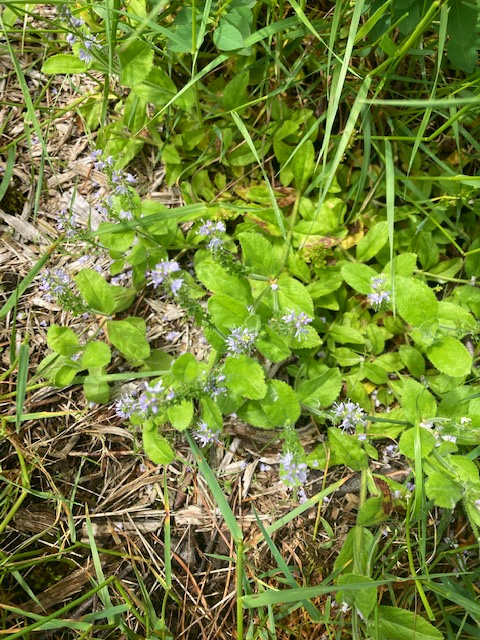
Medicinal Uses
- Gypsyweed is used for sore throats, ear infections, excess mucus, and cough.
- It is a digestive bitter herb used to get digestive juices flowing which can help with digestion.
- It’s been used to help with pain and inflammation from gout and arthritis.
- It’s also been found to be helpful with seasonal allergies.
- Gypsyweed can be made into a salve to help eczema and other skin conditions.
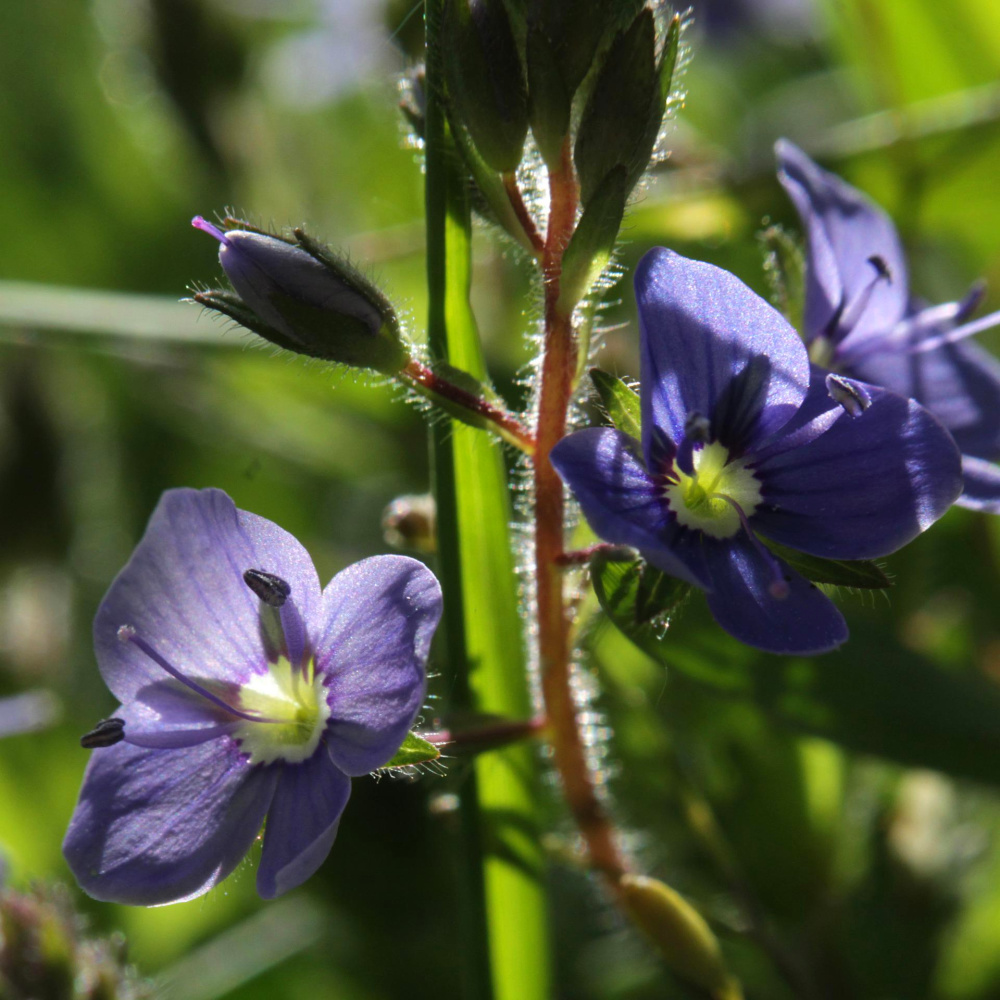
Gypsyweed Constituents
Phenolic compounds and phytosterols –p-coumaric acid, ferulic acid, luteoline, hispidulin and β-sitosterol, hispidulin, eupatorin and eupatilin. Flavonoids- aglycones, and apigenin.
How to Use Gypsyweed
Tea-You can make tea from fresh or dried leaves. I use one to two teaspoons of leaves and 6 ounces of hot water. Steep for 5-15 minutes. You can mix in honey and a wedge of lemon. This can help with sore throat and congestion.
Nourishing Infusion-Similar to tea, you just let the leaves and flowers sit and infuse for a longer period of time. This will allow more of the healing compounds to be extracted. When I make an infusion, I do one tablespoon of dried Gypsyweed in 8-ounce mason jar, put the lid on, and let it infuse for 2-12 hours before straining and drinking.
Gypsyweed Tincture-To make a tincture you will take a mason jar and fill it with fresh gypsyweed to the top of the jar, then fill with 80 proof vodka, stir to remove air bubbles, and add more vodka if necessary. Place lid on and shake and let sit for 4-6 weeks in dark room away from sunlight, occasionally give the jar a good shake. Strain when time is up and rebottle into amber glass bottle.
Gypsyweed healing oil-You can make an infused oil by filling a jar with dried gypsyweed and then fully covering it with olive oil, put a lid on and shake, and let sit for 2-4 weeks in a dark room. Gypsyweed oil can be used in a healing salve recipe.
Where to Buy Gypsyweed
You can buy gypsyweed loose leaf tea online.

Veronica Officinalis(gypsyweed) Tincture

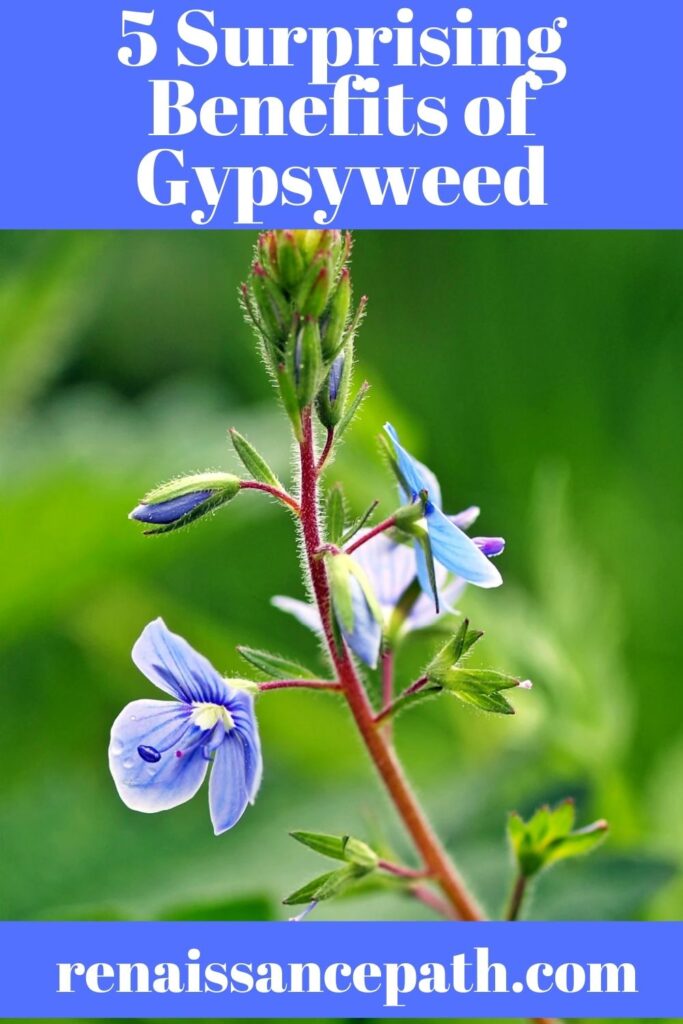
Final Thoughts
Gypsyweed isn’t only beautiful it has medicinal value. Do you have gypsyweed in your area? Let me know in the comments if you have ever tried Gypsyweed tea(Speedwell tea).
Much Love,
Melissa
If you enjoy learning about wild edibles and herbal medicine check out this post on Wood Sorrel.
This website is for educational purposes only. The information provided by Renaissance Path is not intended to diagnose, treat, or cure any diseases. Please consult a qualified health care professional for medical advice.
Leave a Reply